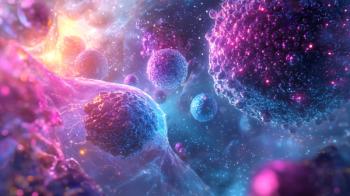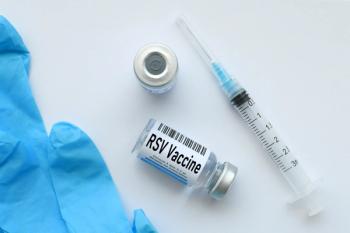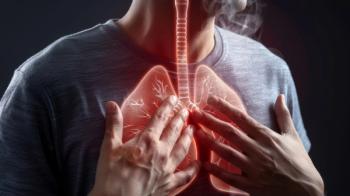
Even Low Doses of Radiation Can Prompt Cancer Cell Growth
Investigators find that radiation equivalent to 3 CT scans prompts the growth of the p53 mutation in mice.
Even low doses of radiation have been shown to give cancer-capable cells an advantage over normal cells in
healthy
tissue, according to a new study.
A radiation dose equivalent to 3 CT scans, which is considered a safe amount, was found to increase the number of cells with a p53 mutation in mice, according to a new study conducted by the
Wellcome
Sanger Institute and the University of Cambridge. However, investigators found that giving the mice an antioxidant prior to radiation exposure
prompted
the growth of healthy cells. Those cells outnumbered, and even replaced cells, with the p53 mutation.
Investigators gave mice a 50
milligray
dose of radiation, which is equivalent to 3 or 4 CT scans, according to the study. Mice were then given the OTC antioxidant N-Acetyl Cysteine (NAC) and exposed them to the same levels of radiation. Although the antioxidant promoted the growth of healthy cells, it did not help them battle the mutated cells. This was effective in the esophagus and researchers don’t know how it would act in other tissue.
“Our bodies are the set of ‘Game of Clones,’ a continuous battle for space between normal and mutant cells,” the study’s first author from the
Wellcome
Sanger Institute, David Fernandez-Antoran
, MD, said in a press release. “We show that even low doses of radiation,
similar to
three CT scans’ worth, can weigh the odds in
favor
of cancer-capable mutant cells. We’ve uncovered an additional potential cancer risk as a result of radiation that needs to be recognized.”
According to the study, this may open another avenue for cancer
treatment
. Fit, healthy cells naturally push out cancer capable cells without any known toxic adverse effects.
Newsletter
Stay informed on drug updates, treatment guidelines, and pharmacy practice trends—subscribe to Pharmacy Times for weekly clinical insights.







































































































































































































